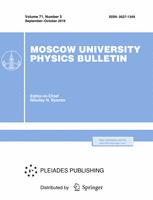Today, amplified spontaneous emission (superluminescence) is an important effect both in injection lasers and in superluminescent diodes. In the latter, this phenomenon allows achieving the widest emission spectrum of the device at a sufficiently high output power, which is an undeniable advantage for a wide class of practical applications. Due to the relevance of the problem of creating broadband superluminescent diodes (SLDs), it seems promising to analyze the best way to broaden the spectrum of these devices depending on the design of their active region. To do this, it is necessary to carry out theoretical modeling of optical gain in various designs of SLD active regions, as well as to study the behavior of the spontaneous radiative recombination rate with increasing wavelength in these structures. When constructing the gain spectrum, it is possible to draw a conclusion about which optical transitions in the quantum well make the greatest contribution to the gain at a certain injection current. The analysis of such important effects allows to construct the calculated spectra of the SLD output power and to calculate the width of each spectrum at half-height at different injection currents. In addition, in order to understand which of the active media designs allows to create an effective broadband superluminescent diode, it is necessary to analyze the magnitude of the spectral dip between the maxima in the corresponding emission spectrum. The work shows that the broadest SLD with a small spectral dip can be created on the basis of one quantum well, in which two optical transitions are involved in the emission process.
42.70.Hj Laser materials
42.82.Et Waveguides, couplers, and arrays
$^1$1 Physics Faculty of M.V. Lomonosov Moscow State University



